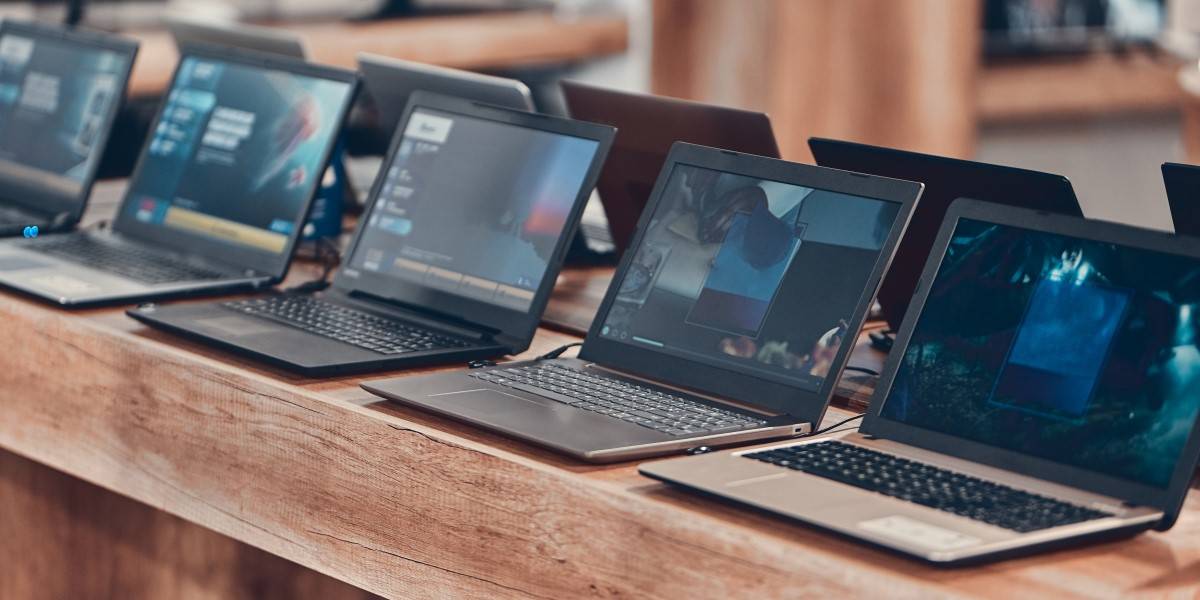Asian PC Shipments Flatlined In 2020 As Global Sales Soared By 13% – Why?

PC shipments in the Asia Pacific region flatlined in 2020, even as global rates soared. But buried in the data is a marked shift from desktop to notebook sales.
Desktop, notebook and workstation shipments rose only 0.3 per cent year-over-year in 2020 to reach 103.8M units in Asia Pacific, according to analyst firm International Data Corporation's (IDC's) Quarterly Personal Computing Devices Tracker for Q4 2020.
While APAC PC sales growth was essentially flat, IDC noted a 15.6 per cent decline in desktop and a 12.4 per cent growth in notebooks. The firm suggested purchasing patterns shifted to meet the needs of work from home and online learning during COVID-19 lockdowns.
However the region still lagged the world. Across 2020 IDC said global shipments jumped 13.1 per cent, jumping from 267.5m shipments to 302.5m.
Why the flat growth in 2020?
“One thing to note is that 2019 was a big growth year in [Asia Pacific] too, so it was an enlarged base,” IDC told The Register.
In 2019, Global and APAC PC shipments grew after eight years of steady decline. The 2019 global growth rate was 2.7 per cent year-over-year and the APAC rate was 3.8 per cent. APAC Desktop purchases were already plummeting in pre-COVID 2019, with an 11.3 per cent drop in sales that year attributed to consumers preferring portable devices.
Let’s take a nostalgic look at a pre-COVID 2019 world. Analysts at that time cited the end of Windows 7 upgrades as a challenge to sales growth alongside component shortages and trade negotiations, with uplifts coming from 5G, foldable screens and gaming.
Flashing forward to 2020, consumer and education segments were major players in keeping APAC growth (barely) positive. IDC said consumer shipments in the region grew by 9.2 per cent YoY in 2020 and countries that didn’t see consumer notebook growth, like Indonesia, Thailand, Vietnam, and Bangladesh fell victim to the supply shortages seen globally.
However, educational notebooks sales were even bigger than consumer sales with projects deploying large quantities of notebooks into Indonesia and the Philippines and the GIGA (Global Innovation Gateway for All) project in Japan. The state-sponsored GIGA project alone brought in 3.6M notebook unit sales in an attempt to arm every Japanese student in grades 1-9 with a notebook. About half of the GIGA sales went to Chromebooks using Google Workspace for Education, said Google.
IDC expects PC shipments in APAC to grow by eight per cent as demand holds steady and supply shortages get worked out by midyear. Consumer and education segments are predicted to remain strong growth drivers as hybrid onsite/home work and learn formats develop and continued travel bans and closed entertainment venues free up some household finances for personal tech. ®
From Chip War To Cloud War: The Next Frontier In Global Tech Competition
The global chip war, characterized by intense competition among nations and corporations for supremacy in semiconductor ... Read more
The High Stakes Of Tech Regulation: Security Risks And Market Dynamics
The influence of tech giants in the global economy continues to grow, raising crucial questions about how to balance sec... Read more
The Tyranny Of Instagram Interiors: Why It's Time To Break Free From Algorithm-Driven Aesthetics
Instagram has become a dominant force in shaping interior design trends, offering a seemingly endless stream of inspirat... Read more
The Data Crunch In AI: Strategies For Sustainability
Exploring solutions to the imminent exhaustion of internet data for AI training.As the artificial intelligence (AI) indu... Read more
Google Abandons Four-Year Effort To Remove Cookies From Chrome Browser
After four years of dedicated effort, Google has decided to abandon its plan to remove third-party cookies from its Chro... Read more
LinkedIn Embraces AI And Gamification To Drive User Engagement And Revenue
In an effort to tackle slowing revenue growth and enhance user engagement, LinkedIn is turning to artificial intelligenc... Read more

